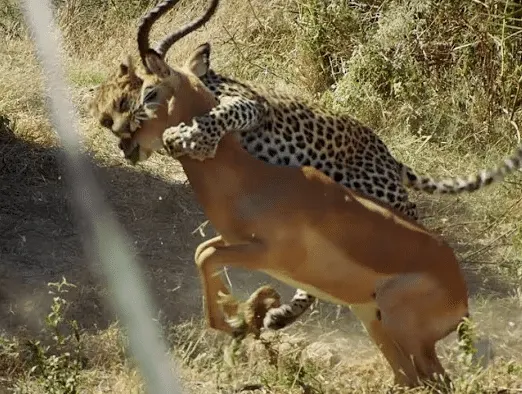Near daily a centuries-old race is run: an impala against a leopard. But who typically wins these races? In this article, we discuss our two competitors. Read to the end to watch the video!
Comparison: Impala vs Leopard
| Impala | Leopard | |
| Speed | 55 mph (88 km/h) | 36 mph (58 km/h) |
| Adaptability | Well-adapted to open grasslands and can sustain high speeds for long distances | Highly adaptable to various habitats, including forests, grasslands, and mountains |
| Body Structure | Slender and lightweight body built for speed, with long legs and a streamlined form | Agile and muscular body designed for bursts of speed, with a compact and robust build |
| Hunting Style | Relies on its speed to escape predators and evade pursuit | Combination of stealth, strength, and bursts of speed to ambush and bring down prey |
| Prey Preference | Primarily grazes on grasses and occasionally consumes leaves and shoots | Opportunistic hunter that preys on a wide range of animals, including small to large mammals |
| Ecological Role | Considered a keystone herbivore, playing a crucial role in shaping grassland ecosystems | Top predator in its ecosystem, regulating prey populations and maintaining the ecological balance |
| Conservation Status | Least Concern | Vulnerable or Endangered, depending on the spp. |
The Impala
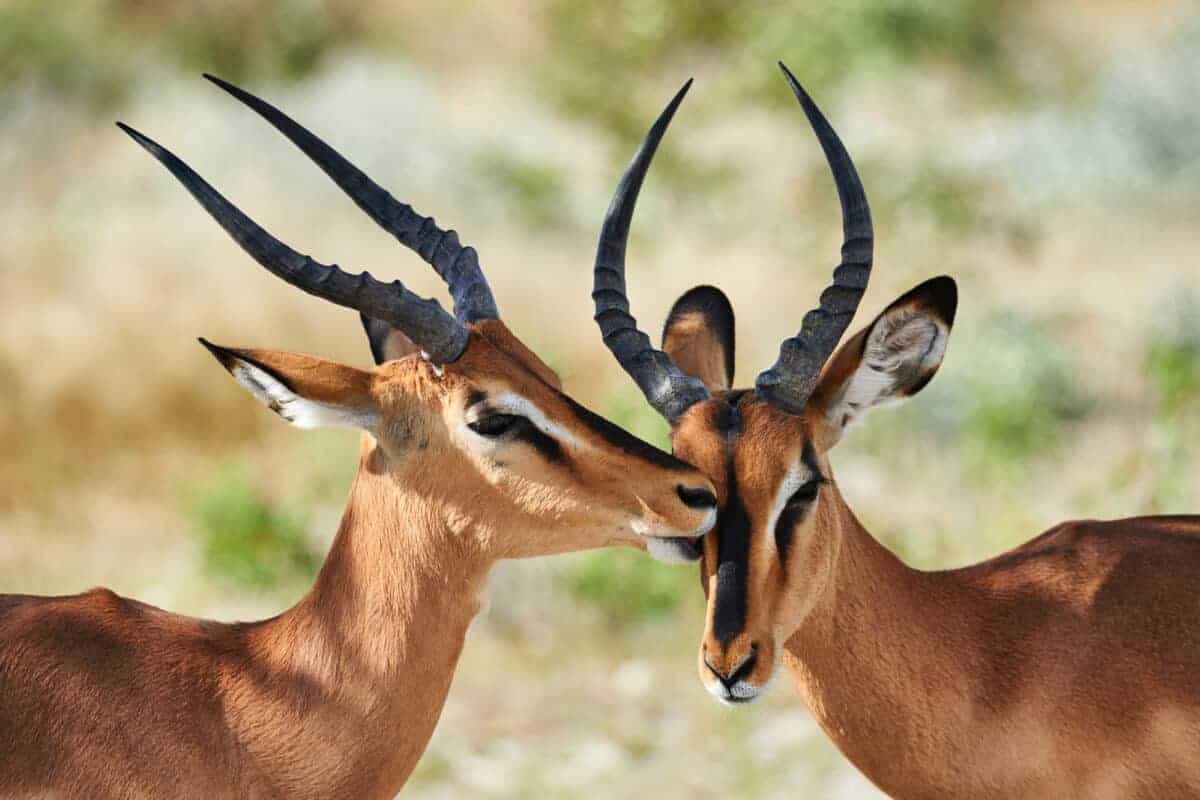
Impalas are beautiful and graceful antelope that are native to in southern and eastern Africa. Impala may be herbivores, but they can reach impressive speeds using their powerful legs specifically to outrun and outlast predators.
Impala can reach staggering speeds of 60 mph, which firmly secures their place among Africa’s fastest animals. Further, impalas are incredibly agile and can make quick, rapid turns to evade predators.
The Leopard
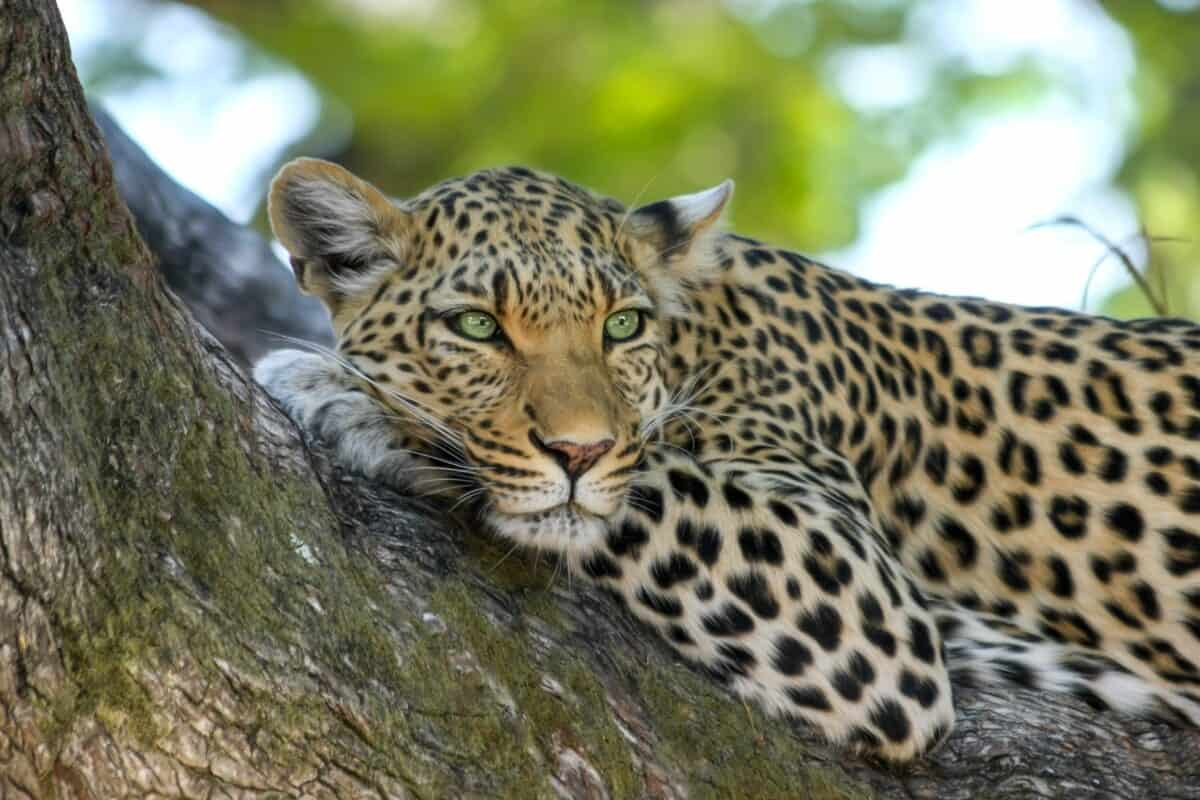
Leopards are masters of stealth and ambushing. Leopard species can be found in many parts of Africa, the Middle East, and Asia. They come equipped with sharp retractable claws, powerful jaws, spotty camouflage, and keen senses of smell and sight.
Furthermore, leopards employ various hunting strategies, including stalking their prey to making seemingly spontaneous opportunistic attacks. They typically pounce on unsuspecting victims, especially from higher up, like on a branch, or sometimes they chase their prey. They are keystone species in ecosystems because they regulate populations of prey and exert selective pressure on their habitats.
Preparing For The High-Speed Chase – What You’ll Need

You will need a few things out on your safari:
- A good pair of binoculars
- Comfortable clothing and sturdy shoes
- A camera with a fast shutter speed is optimal for capturing a high-speed animal chase
- Plenty water and sun block
- Awareness of your surroundings – anything can happen at any moment
Tracking Animals
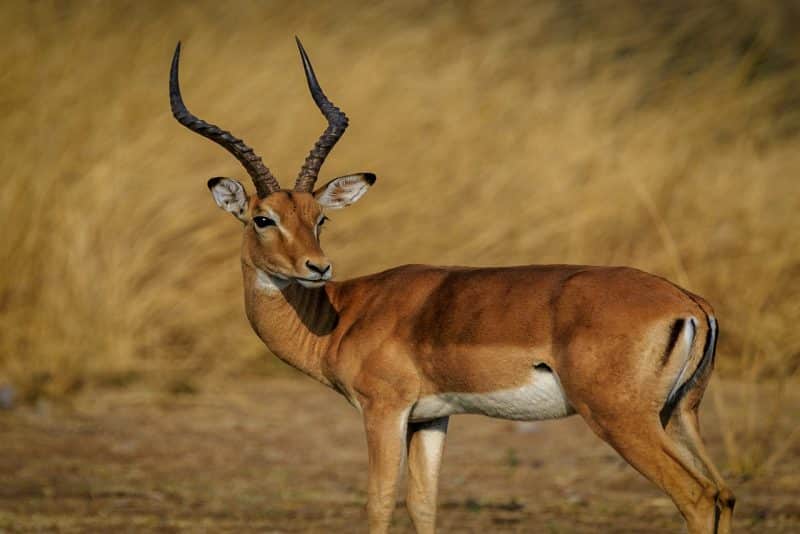
Game rangers come well-equipped with knowledge on how to track and find animals like impalas and leopards; they use several clues, including track marks and droppings. It’s always best to go searching for animals with an experienced guide. Not only are wild animals typically skittish, but they can be dangerous – even antelope, like impala, can seriously hurt an encroaching person.
The Ancient African Hunting Tradition Of Chasing A Leopard
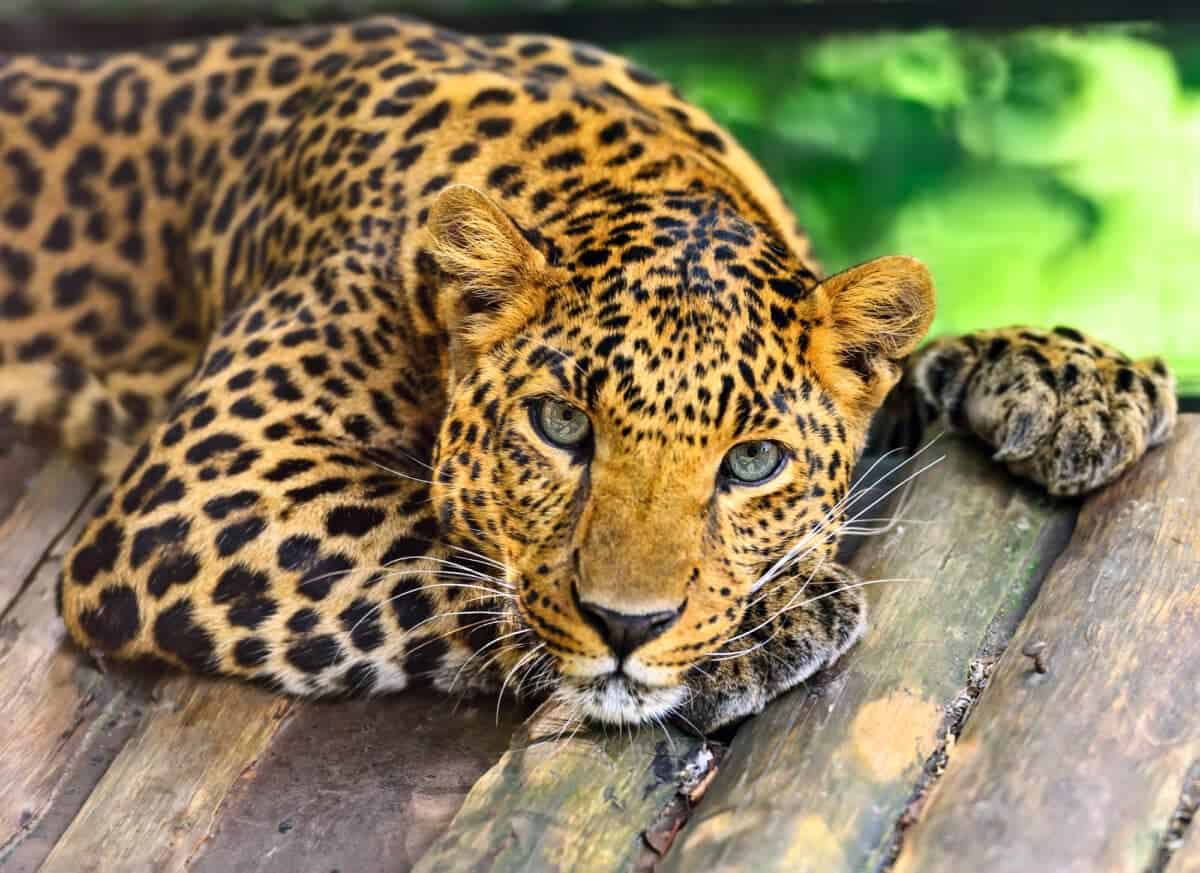
There is an ancient African hunting tradition whereby hunters chase down a leopard to kill it. This is a tradition carried out by the Hadza people, who are modern hunter-gatherers living in northern Tanzania. This tradition has been passed down for countless generations and is a rite of passage for young members of the tribe.
The hunt involves locating a leopard’s den and driving the leopard into the open grasslands, where they chase the leopard on foot while wielding spears for protection. The goal is to tire the animal out enough to capture it alive.
The tribe members then use spears and makeshift tools to subdue the leopard once it’s too tired to put up a fight. The tribe will make use every part of the leopard.
Despite the dangers involved, it remains an important part of this African culture.
Check out more of our big cat content here!
Wrapping Up
If you enjoyed this article as much as me, check out our related article links below!
- Watch: Impala vs Leopard High-Speed Chase - April 27, 2024
- 6 Animals That Could Defeat A Grizzly Bear - April 27, 2024
- Jack Russell Learns How To Fly - April 26, 2024

